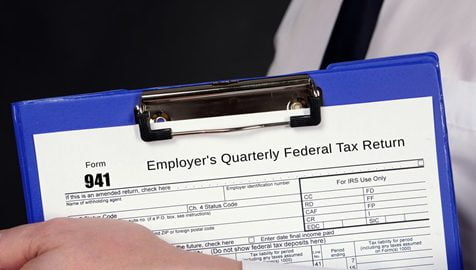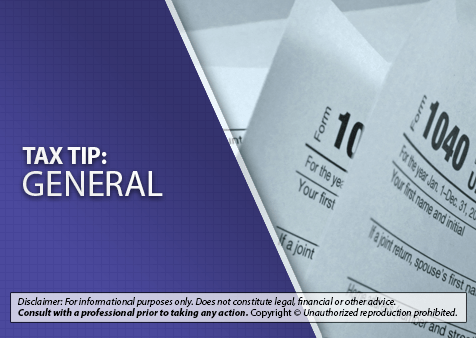Payroll Audit Services
As a small business owner, managing payroll can be a daunting task. It’s essential to ensure that your employees are paid accurately and on time to maintain their trust and motivation. However, with so many calculations and tax requirements, you may feel overwhelmed. That’s where Payroll Audit Services comes in handy. These services can help you manage your payroll more efficiently and ensure compliance with regulations.
If you are looking to conduct payroll for your small business, here are some essential steps to follow:
Step 1: Gather Employee Information
The first step to conducting payroll is to gather information about your employees. This information includes their names, addresses, social security numbers, and tax withholding information. You can collect this information through any kind of form, which employees fill out when they start working for your business. You can also use payroll software to collect and manage this information.
Step 2: Determine the Payroll Schedule
Next, you need to determine your payroll schedule. Will you pay your employees weekly, biweekly, or monthly? Your schedule will depend on your business needs and cash flow. Once you’ve determined your payroll schedule, communicate it clearly to your employees, so they know when to expect their paychecks.
Usually, there are four primary types of payroll schedules – weekly, biweekly, semimonthly, and monthly. It is essential to conduct and go through to avoid clutter. You could get help from Payroll Audit Services who can help you with full payroll life cycle procedures so you can focus on your business.
Step 3: Calculate Employee Pay
To calculate employee pay, you need to consider their hours worked, pay rate, and any overtime or bonuses they’ve earned. Payroll software can help you automate these calculations and save time. Once you’ve calculated the employee’s gross pay, you need to subtract any tax withholdings, such as federal and state income tax, Social Security, and Medicare taxes.
Step 4: Review and Approve Payroll
Before processing payroll, it’s essential to review and approve it. Check for any errors or discrepancies and ensure that your calculations are accurate. Once you’ve reviewed the payroll, you can approve it for processing.
Step 5: Process Payroll
Processing payroll involves paying your employees. This can be done through direct deposit or paper checks. If you’re using direct deposit, ensure that you have the correct bank account information for each employee. If you’re using paper checks, make sure they’re accurate and that you have enough funds in your business account to cover the payroll.
Step 6: File and Pay Taxes
After processing payroll, you need to file and pay your business’s payroll taxes. Payroll software can help you automate this process and ensure compliance with tax regulations.
Step 7: Keep Records
It’s very essential to keep accurate records of your payroll and tax information. This includes employee pay stubs, tax forms, and payroll reports. By keeping accurate records, you can ensure compliance with regulations and easily provide information in case of an audit.
Payroll Audit Services at SNTCPA
In conclusion, conducting payroll for your small business requires careful planning and attention to detail. By following these steps, you can manage your payroll efficiently and accurately. Additionally, consider using Payroll Audit Services from SNT CPA to review your payroll and ensure compliance with regulations. These services can provide valuable insights into your payroll process and help you avoid costly mistakes.









